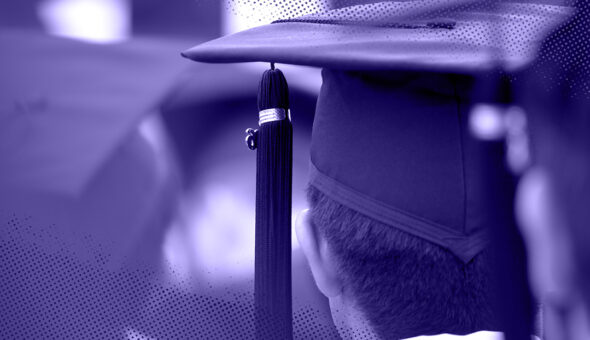Community colleges are often a supportive place for students to get a fresh academic start, build their college literacy and develop academically. Some community colleges are partnering with four-year institutions to aid full-time working students that may have other financial or personal responsibilities outside of school. When done effectively, those students can then transfer to partner institutions with a refined academic skill set that sets them up for success and balances the students’ needs and goals.
Statista reported that, as of 2022, there were 935 public community colleges in the United States. In 2020, approximately 4.7 million students were enrolled in public two-year postsecondary institutions across the U.S. In 2020, the most popular field of study for community college graduates was liberal arts and sciences, general studies and humanities. The same report noted that 402,669 associate degrees awarded at community colleges were in these fields of study, making up one-third of all attained degrees.
Research shows that, during the 2020-21 academic year, the total number of undergraduate credential earners increased by 1.1% or 39,000 to 3.7 million graduates. After a brief standstill in the previous year, graduate numbers began to rise again, and it’s critical to examine how universities are evolving with this trend.








